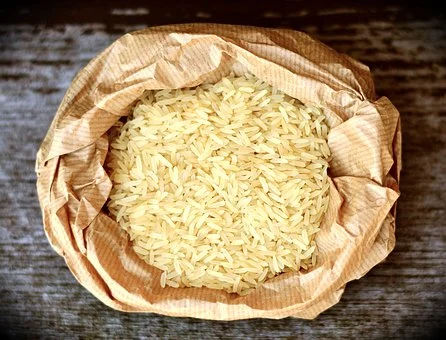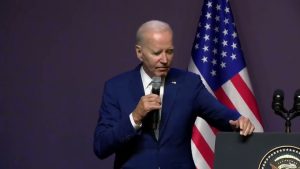Vietnam has
started procuring rice from India for the first time in decades as limited
domestic supplies have led to a rise in local prices, Reuters reported quoting industry officials.
The purchases are further confirmation of dwindling supplies in Asia, which could cause a hike in the price of the grain in 2021 and force traditional buyers from Thailand and Vietnam, to turn to India, the world’s biggest exporter.
In Vietnam, the world third-biggest exporter of the grain, prices have jumped up to their highest in nine years. Indian traders have been contracted to export 70,000 tonnes of 100% broken rice for January and February at around $310 per tonne on a free-on-board basis (FOB).
“For the first time, we are exporting to Vietnam,” BV Krishna Rao, the president of the Rice Exporters Association, told Reuters on Monday. “Indian prices are very attractive. The huge price difference is making exports possible,” he added.
Vietnam’s 5% broken rice is offered at $500-$505 per tonne, much higher than the Indian prices of $381-$387 per tonne.
The diminishing supplies will also spark food insecurity concerns with sub-Saharan Africa, where import demand has been on the rise due to population growth.
Additionally, the coronavirus pandemic has forced Vietnam, and a number of other nations, to horde the grain to ensure food security. Vietnam said last year it will stockpile 270,000 tonnes of rice to ensure food is available as global supply chains have been disrupted due to the pandemic.
Vietnamese traders said that Indian rice has been stockpiled in government reserves since 2016/17 and that the cheap price reflected relatively lower quality.
“The rice quality is so poor that it is not good for direct consumption for humans, but only for producing animal feeds and beer,” a Ho Chi Minh City-based trader said.
Vietnam’s total paddy output in 2020 plunged by 1.85% to 42.69 million tonnes, which equates to around 21.35 million tonnes of rice, data from the government’s General Statistics Office showed.
While demand for Indian rice from Asian and African countries have led to a slight rise in price, they remain very competitive because of abundant supply, Nitin Gupta, vice president of Olam India’s rice business, said, adding that Vietnam could make more purchases as long as the price difference remains.
China, the world’s biggest importer of rice, started buying Indian rice in December due to tightening supplies in Vietnam, Myanmar and Thailand. India exported a record 14 million tonnes of rice, government data confirmed.






